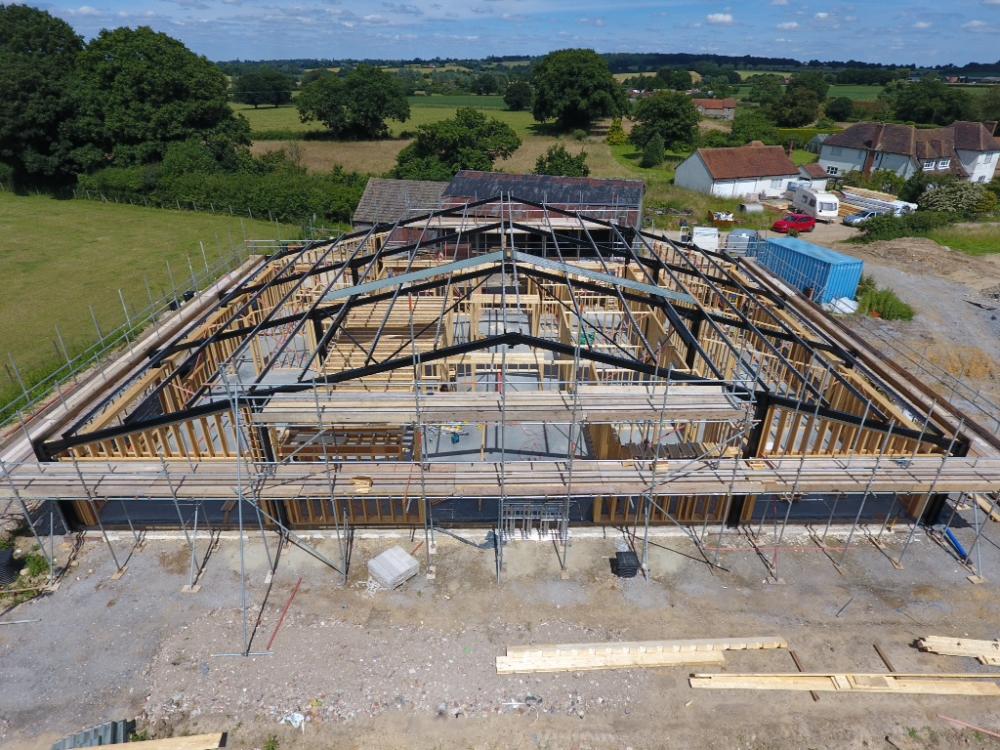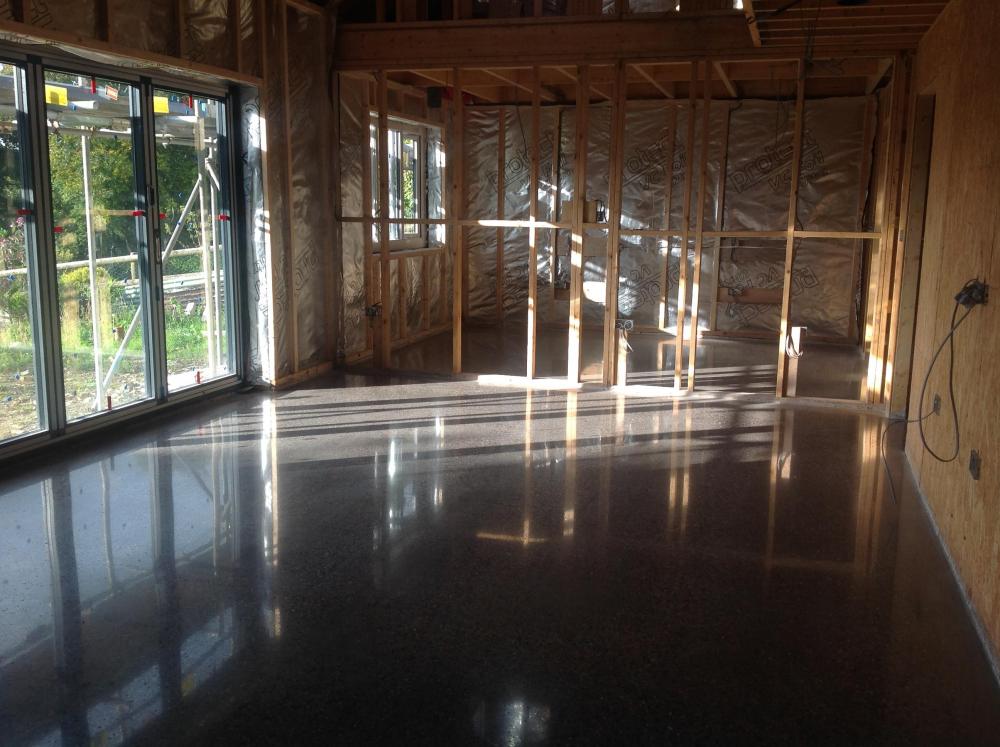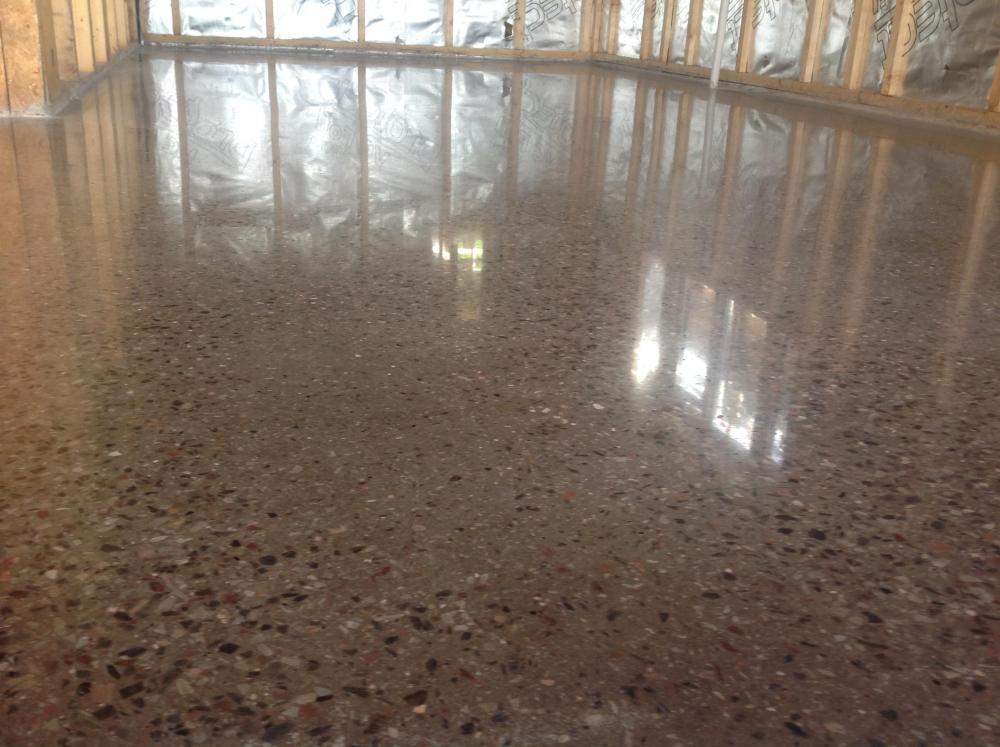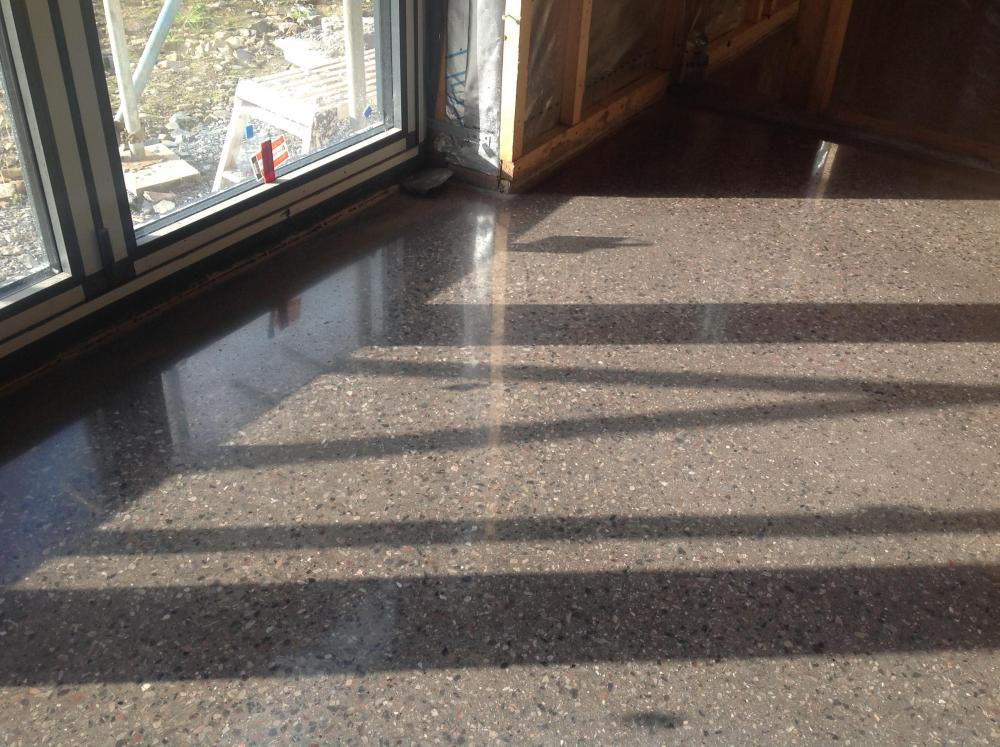Leaderboard
Popular Content
Showing content with the highest reputation on 10/04/16 in all areas
-
Sonic sender transmits wirelessly to a receiver in the house. That's why I said add a penalty clause so it costs them not you . That is quite a tricky area where you have landlord obligations on one side and (in England at least) a tenant common law duty to behave in a "tenant-like" manner on the other. Again, an English legal perspective - Scotland may be different since they have redefined all their regulations and duties in the last decade. Providing the heating appliance will be down to the LL and it would depend on whether the annual boiler refill comes down to the T doing the little jobs. Is an annual refueling of an oil boiler part of the basic maintenance or part of the use? A T would not be expected to organise the repair of a gas leak, but should they be expected to watch for oil to run out? My judgement would be that the LL should probably have an annual inspection/service and it could be argued that refueling is or is not part of that. *That* could be a matter for a clause in the contract, but liability would be limited as per contract law. See, for example, page 75 of this short 123 page "Unfair Terms in Rental Contracts" document from the OFT: https://www.gov.uk/government/uploads/system/uploads/attachment_data/file/284440/oft356.pdf Or the classic Lord Denning ruling on Tenant Responsiilities in Warren v Keen 1954, discussed here: http://www.letlink.co.uk/index.php?option=com_content&view=article&id=300%3Arepairs-the-responsibilities-of-the-landlord-and-tenant&catid=19%3Adisrepair&Itemid=53 I expect that there is something in eg the Scottish Rental Standard, and that will be the place to check. Suggest a conversation with the Scottish Association of Landlords on 0131 564 0100 for a start. They should be willing to have a short chat without charge, or point the new LL to good advice. Ferdinand1 point
-
Again - Scottish Law. In England you need one. Checked - see link below - yes you need one. For me the argument against storage heaters is that good tenants just won't take on a place with storage heaters or single glazing (and why should they?), and if you have a house costing £1500-2000 a year in energy and say £5k a year in rent tenants would be more inclined to move, and a tenant change can cost as much as a new boiler, as you know. Do it properly and you can justify extra rent in years 2 onwards more easily. Also - in England some councils may try and enforce on storage heaters them if they happen to get a complaint under the requirement for controllable heating. They may also try to enforce eg 250mm loft insulation. It is all nebulous but the process is the punishment. Again ... Scottish Rules are different. May be worth asking in the Scotland forum of Landlordzone. He will also need to register as an LL. At least in Scotland this is cheap at about £69 for property 1 plus £10 for others for 3 years (if it has not changed), while in England it tends to be about £500-£700 per property for 5 years. https://www.gov.uk/renting-out-your-property-scotland/landlord-responsibilities Ferdinand1 point
-
https://www.gov.uk/government/publications/vat-notice-708-buildings-and-construction/vat-notice-708-buildings-and-construction See para 2.1 for first time connections. Should be zero rated to you, (you cannot reclaim vat charged to you in error). Ask for requote pointing out this is a first connection for a new dwelling and quote VAT notice 708. I1 point
-
I wouldn't wish storage heaters on my worst enemy. I lived in my brothers house for 2 years when he moved out to shack up and it was all electric E7 etc. No ta. For simpliclty and reliability just fit an external oil combi, and an electric shower. I'm a fan of cooking on gas, as I can't afford a swanky top notch electric hot plate / induction doobery, so I'd also recommend fitting an LPG hob with electric oven ( dual fuel ). Reports are that a tall ( 47kg ) bottle can last up to a year in a regular household. For the heating system, power flush the existing radiator pipework and fit new radiators and valves. Radiator packs with the likes of MrCentralHeating are cheap as chips, so no excuse there. Make sure that the tenancy agreement allows access to check the oil levels and to include penalties for allowing the oil to run out, ( the cost of an engineer cleaning the filters and unlocking the boiler ). Fit a sonic tank level meter so at the 1/4 empty point you / they can request a refill without having to do anything physical. ASHP will be a non starter unless there are some SERIOUS upgrades to insulation and draught-proofing. They'll be better off at that stage with a direct electric boiler most likely. A house of that nature will require high grade heat for the space heating and dhw, so not well matched to that application at all IMHO. Cost of all of those upgrades vs payback becomes a factor along with longevity of the HP ( with it being overworked ). Without a buffer, all the defrost would be via direct electric too so I'd not even consider it unless you were to oversize the radiators sufficiently to get the target flow temp below 40 / 45oC. A good oil combi boiler a bit over £2k A decent sized tank change of £1k ( with fittings ) Any plumber can fit the whole lot, except when it comes to commissioning you need an OFTEC installer. Best to get them to do the tank and oil lines too, and ask for their insurances against damage from oil leak contamination. Check if you'll need it independently as a landlord too, in case of loss relating from theft. Consider a more recognised and user friendly system so that you'll easily attract tennants, and it's simple to run / use. There will be a good resale value too with a typical house fitted with a good heating and hot water system.1 point
-
Gosh, you call that a cow shed! Are you going to hide it behind straw bails for 7 years? But seriously it looks good, and I hope that you enjoy the final result.1 point
-
There's a few members here with, like myself, a Touchwood Home's frames and there were quite a few more over at eBuid, but with MBC dominating the discussions over there it possibly suppressed discussion on other manufactures and build types. Our frame went up this year (2016) during July and August and I'd rate my experience with Touchwood as a success. Our build is a Conversion of a portal framed cowshed, and the frame design and erection was complicated by the existing structure, that obviously needed to remain in situ during the build. Visible below is the original primary steel frame with roof purlins: The TH Design process was far more precise than I expected for the construction industry. I was able to laser scan the original frame and prepare an as-built CAD model for TH to then work around. This was invaluable, since the original frame was a long way from square and plumb with the top of the portal frame being as much as 115mm out of position in places. With my model imported this into their frame design software they were able to confidently design their frame dovetailing around the existing structure, and confident we weren't going to have some unexpected clashes on site. The original structure and especially the haunches at the joints, required bespoke detailing of the timber frame to incorporate and guarantee a robust airtight layer. The TH design process allowed all of these conditions to be assessed and solutions agreed before a single piece of timber went up on site. During the design process we exchanged 3D models back and forth to agree solutions and to ensure compatibility to raft and drainage etc. I also have from them a full 3D model of the final frame design that has informed follow on trades and helped decide MVHR duct, plumbing and cable routings. This didn't however stop me from being nervous during the first stages of the frame erection when it would become obvious if my as-built model and their frame were sufficiently accurate. But I shouldn't have worried, the two fitted together perfectly. Taking a step back, our decision on what build process to use, what type of insulation to use and what performance targets to set took around 9 months after our planning was approved. Once we had decided on timber-frame with cellulose fibre insulation and Passivhaus levels of insulation and airtightness the list of companies capable of delivering this and giving guarantees was surprisingly small. Having removed many of the variables, we actually found it relatively simple to compare quotes. There were slight differences with what was and was not included, but these were all relatively simple to assign a value too, to allow comparison. A huge positive I found with TH is there has been no extra charges from their initial quotation. If anything, the content probably grew a little during the design stage, but everything must have been within a contingency they had allowed for, since they didn't ask for anymore money. With the majority of issues foreseen and resolved before the frame erection started, the frame build went without a hitch. Their frames are a mixture of pre-cut and cut on-site to a cutting list (whichever is more cost-effective), and stick built. I believe they're on site around 4 weeks for a "normal" build, it was a little longer for mine. While a panelised process may take less time on site, the overall timing would be around the same. For me, they turned up on the day they said they would and finished about a week later than expected. I'm looking forward to the airtightness test. Unfortunately, due to a hiccup with the roof lights I'll not be able to test with the structure still open, so remedial work will be a little more difficult, but I have high hopes. The airtight layer on a TH frame is "simple by design", and looks very robust. I believe their claim to generally be better than 0.2 ACH @ 50Pa, and sometimes be better than 0.1 ACH, but the proof of the pudding...1 point
-
1 point
-
1 point








